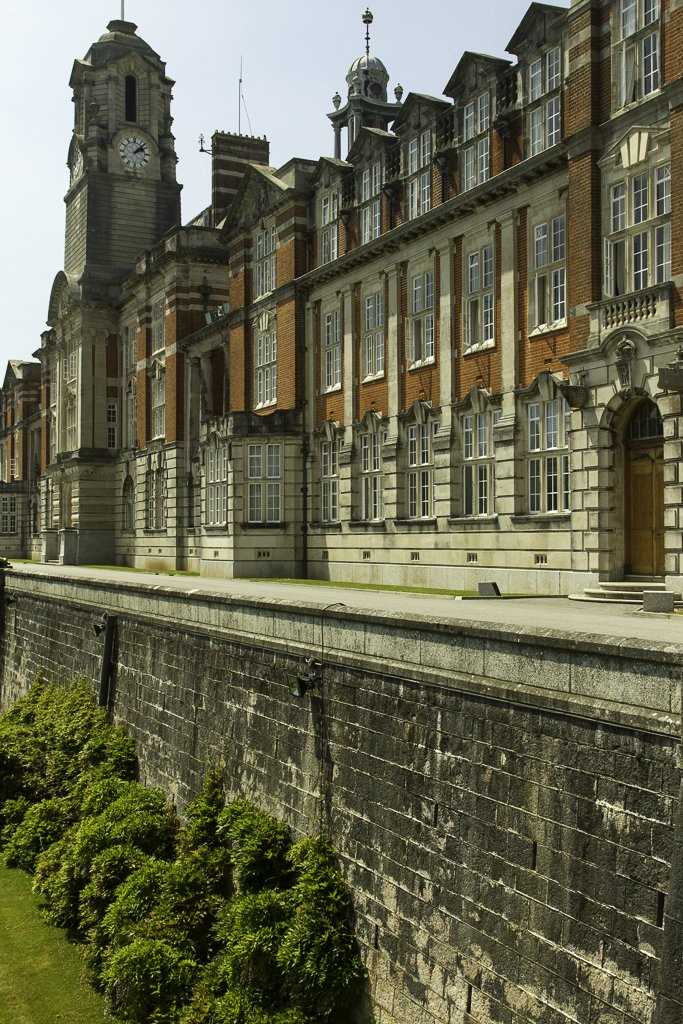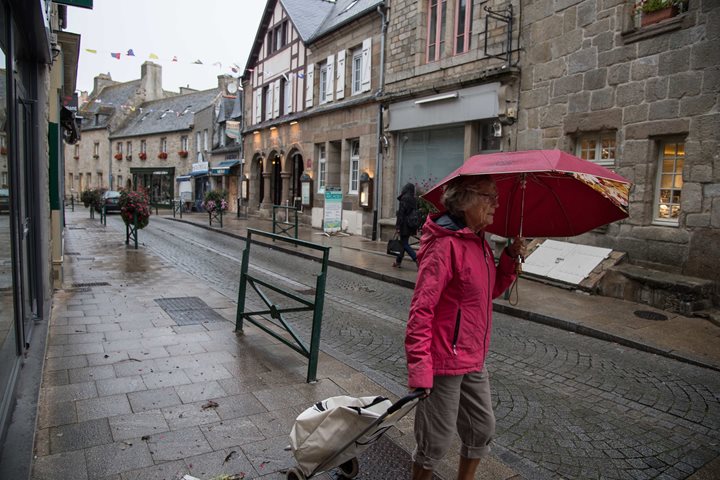The dramatically concealed entrance to Dartmouth harbour is always a delight to navigate and conditions this morning as we made our approach just before breakfast were ideal, with calm seas and a pale blue midsummer sky. An auspicious dawn for our day of exploration in the western English county of Devon, famous for its seafaring traditions and cream teas. The geology here is the eponymous Devonian Old Red Sandstone and the River Dart which cuts through it has been inundated by the sea as a consequence of post-glacial isostatic rebound, a phenomenon that is causing gradual sinking in the south-west and a corresponding rise in north-eastern coastline of Britain. (The Isles of Scilly, our destination tomorrow, are a drowned landscape that has formed in historic times, the shape of the existing archipelago not assuming its current form till the end of the fifteenth century.) Just inside the harbour entrance is the attractive little church dedicated to St Petrox, a Celtic saint based in Cornwall who died in the year 597, the very year in which Augustine arrived in Canterbury by papal command to convert the English. Further upstream in the historic centre of Dartmouth is the Norman church of St Saviour’s that contains impressive evidence of the religious history of England since Norman times: a rare survival of a Catholic rood screen (most were destroyed by Thomas Cromwell’s zealots in first flush of the Reformation in the 1530s): and a splendid royal coat-of-arms speaking to us of the post-Restoration church of the seventeenth century. The attempt by Charles II to enforce a uniform Anglicanism on the country under the Clarendon Code led to further emigration to the American Colonies by persecuted groups such as the Quakers. Indeed it was from Bayard’s Cove, the town wharf in Dartmouth that the Pilgrim Fathers departed for America on 20 August 1620 aboard Mayflower and Speedwell. Much of his history was covered in the walking tour of the town offered in the afternoon.
Other options taken up during the day included boat transfers, downstream to visit the castle defending the harbour entrance or, upstream, to visit the newly opened (by the National Trust) home of the crime writer Agatha Christie at Greenway. As well as being an extraordinarily prodigious author we soon learned that she and her archaeologist husband were compulsive collectors, with fine examples of Nantgarw and Coalport pottery on display. In the afternoon some of us visited the Royal Navy’s officer training college that opened on the banks of the Dart in 1905. As we cast our mid-river moorings before dinner we could savour the memory of a perfect summer’s day in an exceptionally attractive setting.









